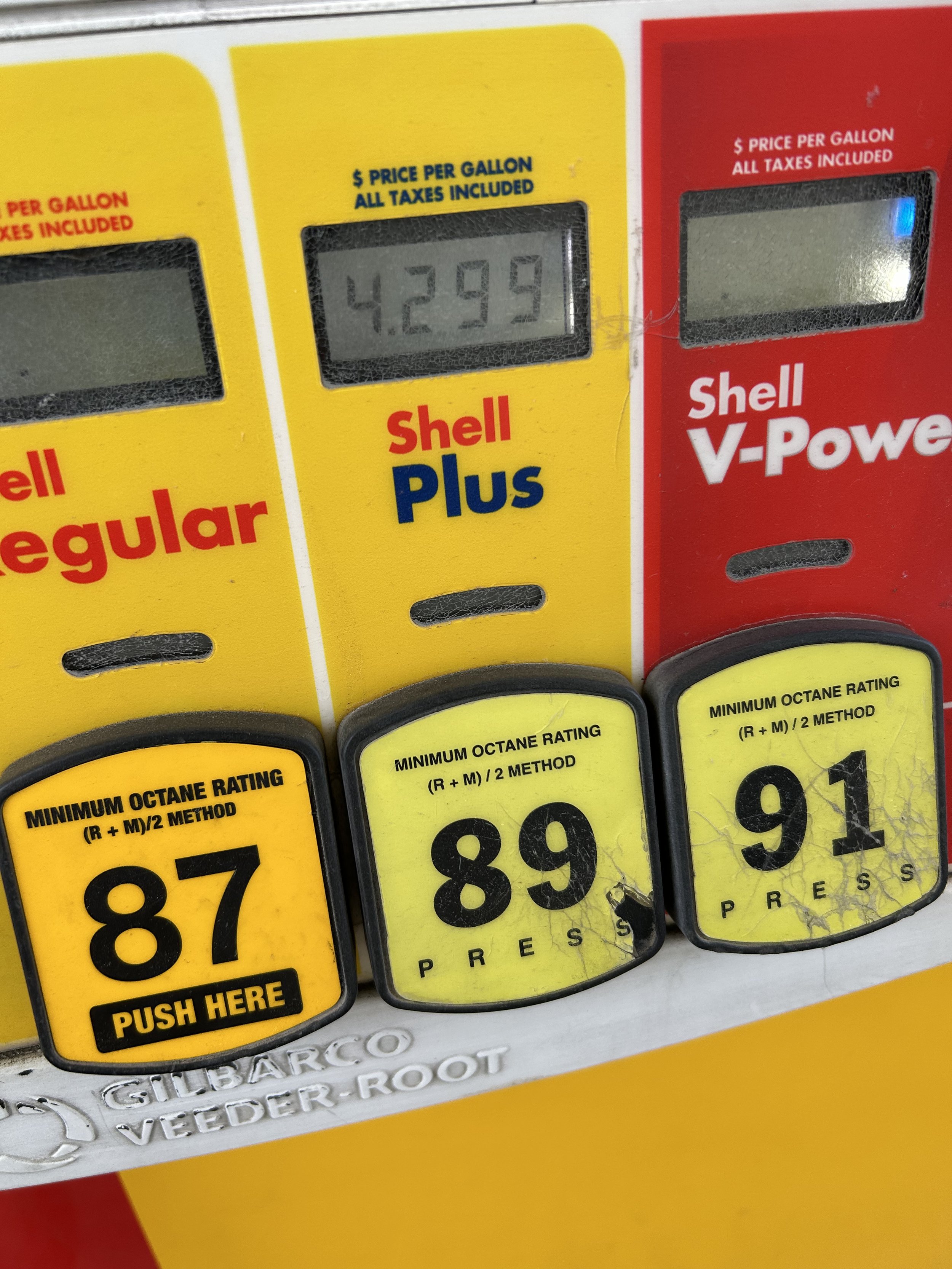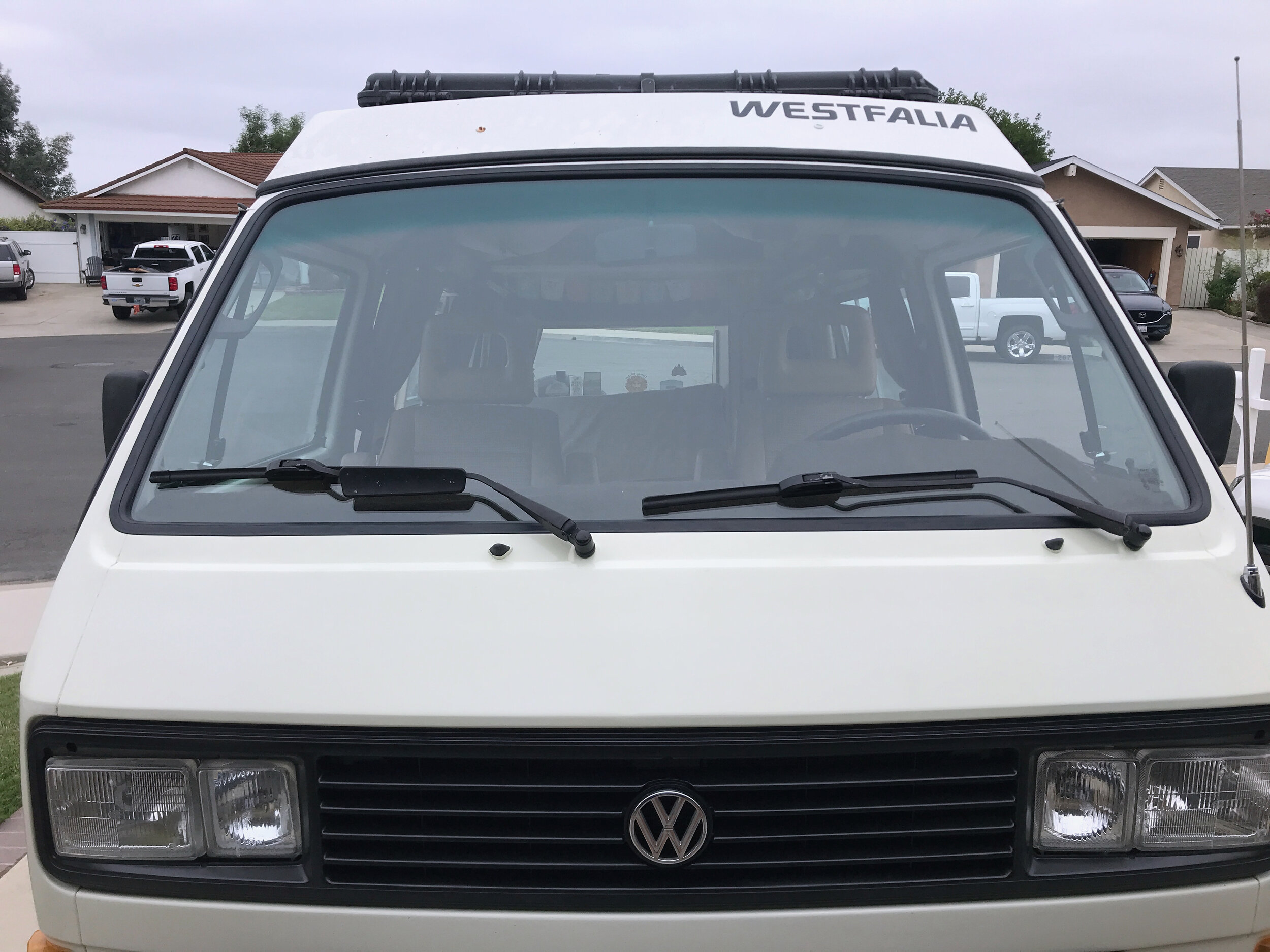Kings of Kustom: The Cool People
UPDATE: As of 2024 Big Daddy Roth is featured in an Amazon Prime documentary, narrated by actor John Goodman.
I interviewed my boyhood idol, Ed "Big Daddy" Roth when I got my start in automotive journalism. Roth was the real deal, a real gasser. He lived, breathed, and slept the car culture, and he changed the way people saw this form of expression.
He was the man behind Rat Fink and any number of cool, crazy rides. He was anti-establishment in every sense...a rebel at marketing, too. He did things his way, and his fans loved him for it, including me.
As a boy, I had built just about every plastic model Roth had made for Revell. My favorite was probably Mr. Gasser.
The day I met Big Daddy he was still very active in the car scene. I still wonder to this day if he really knew how many millions of followers he had. People just loved him. I was writing for a very popular truck enthusiast magazine at the time, and that got me the interview with Roth.
I admit I was pretty nervous when I saw him rounding the corner of his house in Southern California, wearing that famous stovepipe black hat with a white short-sleeved shirt and black skinny tie, and flashing a huge smile as if you were a long-lost friend.
I didn't know what to expect as I stood there before him, now just a few feet from my childhood hero. I figured he'd have this enormous ego, and could care less for this dude with a camera and a dog-eared reporter's notebook. But Roth embraced the moment, serving up a series of one-liners and practically jumping with glee because he was thinking of relaunching another series of plastic toy models of his famous cars like Beatnik Bandit. His energy reverberated throughout my body.
35mm film cameras were the thing back then. iPhones weren’t invented yet. I shot several rolls of film hoping I correctly exposed the images.
I took notes with paper and pencil. Big Daddy talked a lot. He talked so fast that I could barely keep up. And he had no problem showing me a glimpse of the actual full-size plaster and paper mock-up used to create the original fiberglass Beatnik Bandit. I practically tripped over myself trying to absorb all of this inside information. He was a giant in the artistic sense.
Big Daddy led me to his modest garage behind his home and slowly lifted the single-car wooden door. It was then that I got a look at the Mother Lode of customizing. There is was, barely a shadow in the dim garage, the Beatnik Bandit, or to be exact, it was a paper mache and plaster mold used to form the fiberglass body of the car. It was slightly leaning on its side, held up by a few old black milk crates and looking rather pathetic. Of course, Big Daddy saw only beauty in it. He looked like a little boy marveling at his creation, his eyes darting back and forth, picking at areas of the car and adding running commentary as he reflected on his next move in the automotive world. He was quite the character, just about as zany and lovable as his models I remember as a child.
Big Daddy's contemporary of the time was definitely the King of Kustoms, George Barris.
Because of television in the ‘60s Barris was a bonafide celebrity. He was the special effects artist before CGI and computers. Anyone involved in hotrod ding knew his name.
I met Barris in Las Vegas at the Specialty Equipment Manufacturer's Association show. SEMA was the place to rub shoulders with the who's who of the automotive world, but this time I was going to speak with him.
Kicked up against the tire of some street rod, Barris had attracted a small audience around him. All eyes were focused on Barris as he glanced around the room in his famous gold satin shop jacket bearing his logo. Alongside him was Dick Jackson, who worked for Barris from 1949 to '58.
Tucked under my arm was a mint condition copy of his book Famous Custom & Show Cars, which depicted the most incredible works of art, built to resemble versions of beds, bathtubs, telephone booths, and even covered wagons. These wild machines were often powered by huge horsepower engines, and most actually could be driven, a few appearing in popular TV shows of the Sixties and Seventies like the Munsters.
Barris spotted my book, and he immediately asked if he could see it. "Would you like to sell it?, he asked. "I haven't seen this book in many years."
I handed it over to him. As he flipped through the pages, he reminisced about the cars, suggesting that I never let go of this book because it went out of publication years ago. With a swirl of his Sharpie, he signed it. It was one of the first times, I had ever approached a celebrity for an autograph, but Barris was different. I am also thankful that Jackson put his signature on it too, next to the hotrod that he inspired while working for Barris.
Barris and Big Daddy were certainly famous, icons of the automotive world. Yet, they were more like the creations they conceived...totally one of a kind and priceless to those that appreciated their genius.





































